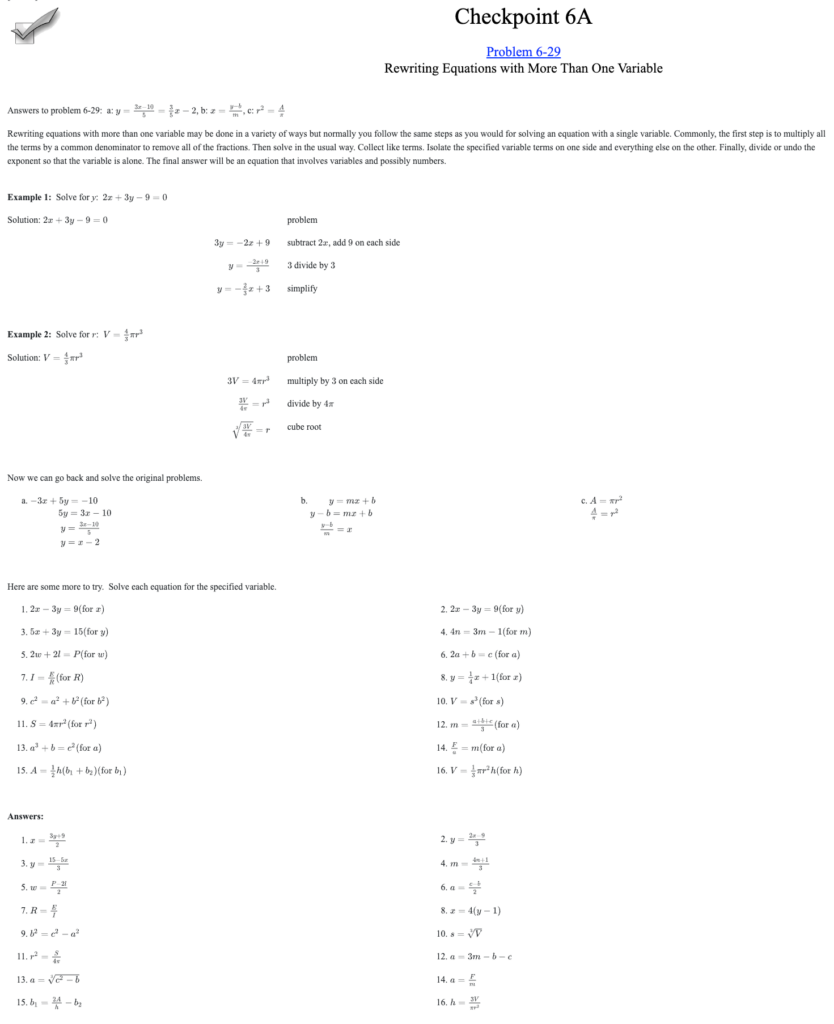Karen Wootton, Director of Curriculum and Assessment, karenwootton@cpm.org
As some people know, I often stress the importance of mindfulness in teaching. Whether a teacher is planning a lesson, or writing assessments, it is important for the teacher to not rush the process and to be focused and present when preparing all aspects of the class. Being mindful now might mean that you will avoid confusions later.
Another area where teachers, students, and all citizens, need to be mindful is when reading articles and blogs. Recently, a heated discussion began in a Facebook group about mistakes and a growth mindset. A member of the group had shared a blog that presented the recent awareness of grit and growth mindset as a sort of “duping” of society. The writer of the blog suggested that much of Boaler’s and Dweck’s research was not founded on any science, but is rather an effort to hold back gifted students. Many people in the group were upset by the blog, and were questioning their own beliefs based on the blog. The problem was: this was just a blog. It was not a researched article; it was the opinion of the writer. There were a few citations, but nothing that supported the writer’s main points. Yet some group members were ready to reconsider some of their beliefs after reading just one opinion piece. This surprised me, as there is research supporting Boaler’s and Dweck’s claims, but none to support the claim that their work is an effort to suppress gifted students.
Blogs are everywhere! They are a great way to share ideas and opinions, and to bring others into a conversation. Often times, a blogger uses the writing to help clarify his or her own thoughts, and is looking for the outside world to chime in, commenting with “Did you think about…?” questions that will push the thinking and the conversation further. (Note: Many of CPM’s TRC members are beginning to blog at imath.us, sharing what they are discovering with their classroom research questions.) Blogs are not always polished, and they certainly are not peer reviewed, but they do have a place. One thing that is usually certain: a blog is more opinion than fact. Facts are used (“Today my students grappled with algebra tiles”) but conclusions made are the opinion of the writer and do not necessarily reflect the views of the researchers at large (“With algebra tiles I believe all my student will first conquer algebra before conquering the world!”)
We need to hear others’ opinions. By listening to how our friends and colleagues see the world, we gain insights and understanding. But we need to remember that opinion is not fact. Articles are based in facts, and will cite research that supports the statements that are made. Also, sometimes articles make statements we disagree with, but that does not mean they are false.
When reading articles and blogs, be mindful. Engage with the text, asking yourself questions to push your thinking further. Does this make sense? How could this knowledge help my students? Do I agree with this? Make this a part of your teaching as well. As you plan your lessons, ask yourself if you are presenting the material in the best way possible for your learners. Are you aware of students’ previous knowledge? Are you anticipating their questions? How will you support their productive struggle? Keep yourself engaged during all components of teaching, from planning to creating assessments to scoring assessments. Be mindful.


